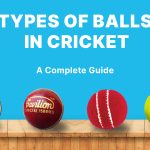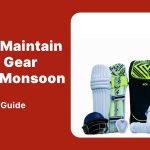Cricket is a sport deeply rooted in tradition and technique. One of the fundamental aspects of excelling in cricket is knowing how to properly hold a cricket bat. Your grip on the bat can significantly impact your performance, from your ability to play defensive shots to launching powerful drives. In this comprehensive guide, we will walk you through the art of holding a cricket bat correctly, step by step, while also exploring essential cricket batting tips.
Understanding the Basics of Grip
The grip on your cricket bat is your connection to the game. It’s the foundation upon which all your shots are built. A proper grip allows you to control the bat effectively and execute various shots with precision.
The Importance of the Correct Grip
The way you hold your cricket bat can make the difference between a well-executed shot and a missed opportunity. A proper grip ensures that the bat face is aligned correctly, helping you control the direction of your shots.
Types of Grips
The V-Grip
The V-Grip is the most common grip in cricket. It involves forming a “V” shape with your thumb and forefinger, with the handle resting against the base of your fingers. This grip offers excellent control and flexibility for various shots.
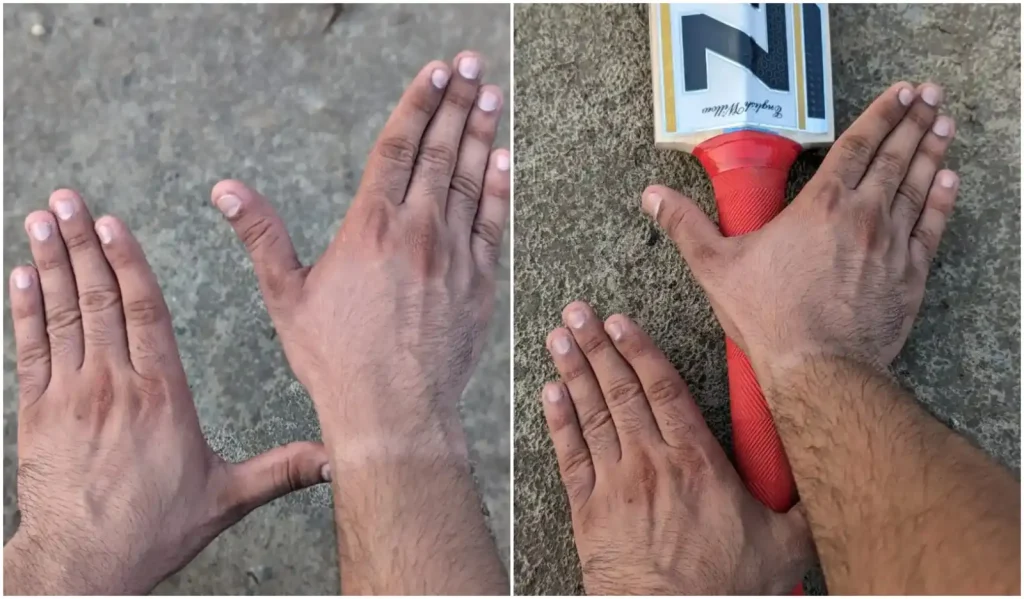
The Bottom-Hand Dominant Grip
This grip involves placing more pressure on the bottom hand, providing power for shots. It’s often used by players who prefer aggressive stroke play but can be challenging to control.
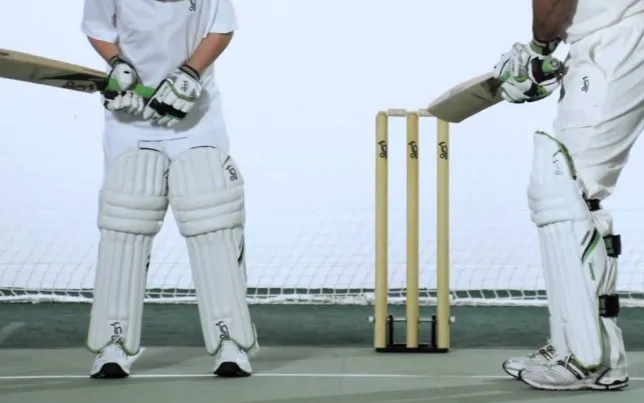
Finding Your Ideal Grip
Experiment with different grips to find the one that suits your playing style and comfort. Your grip should feel natural and allow you to play shots with ease.
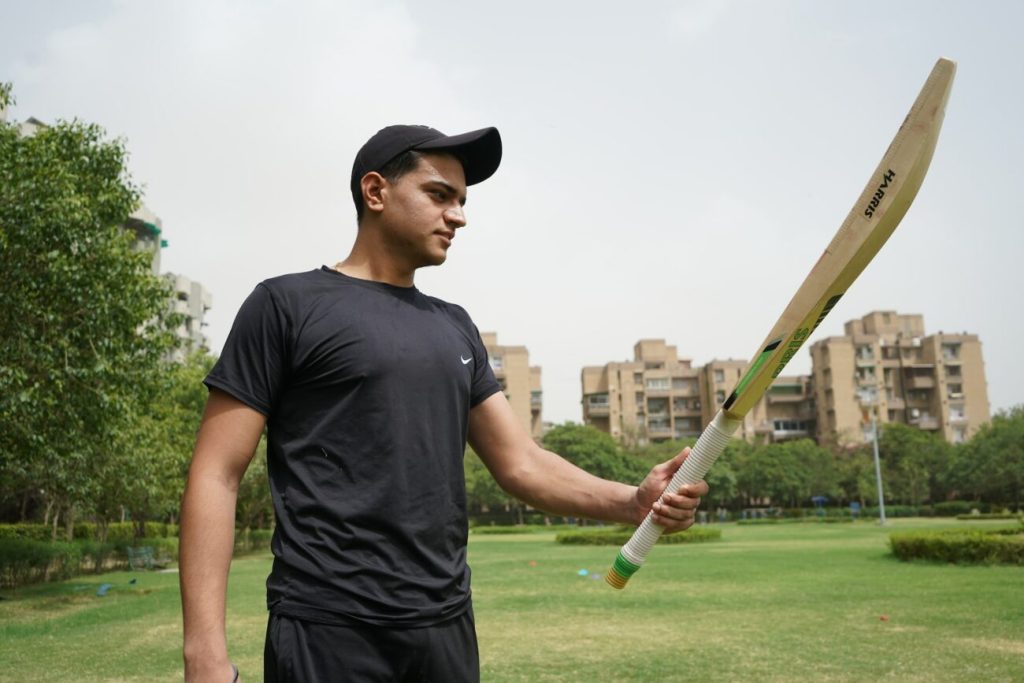
The Top-Hand Position
The top hand, usually your left hand for right-handed players (and vice versa for left-handed players), plays a crucial role in guiding the direction of your shots.
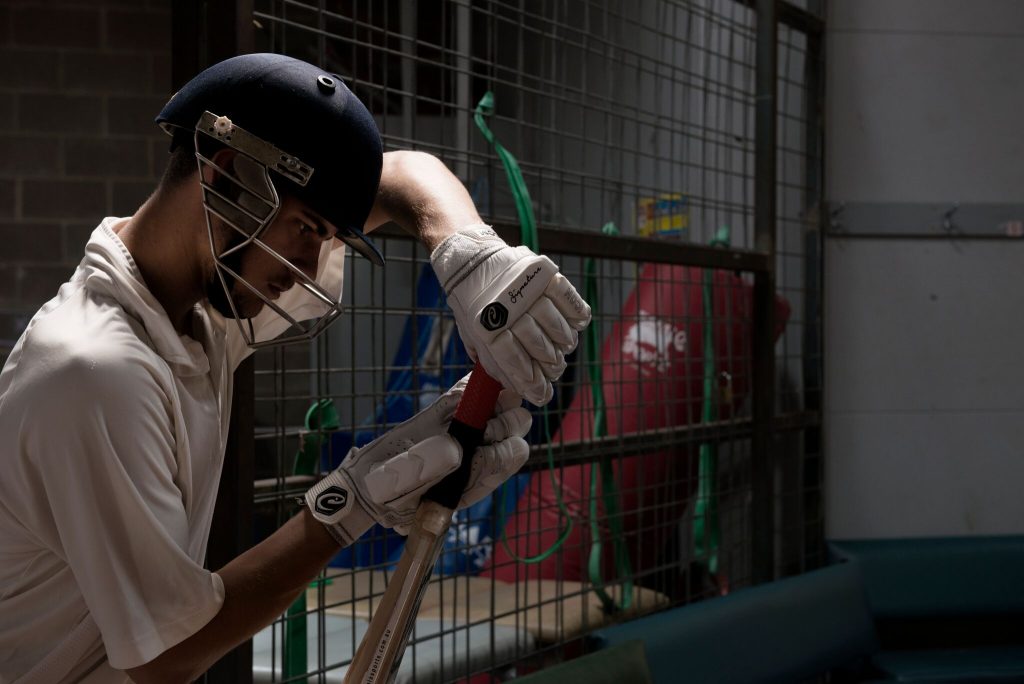
The Bottom-Hand Position
The bottom hand, your right hand for right-handed players (and vice versa for left-handed players), provides power to your shots. Balancing the top and bottom hand is essential for control and timing.
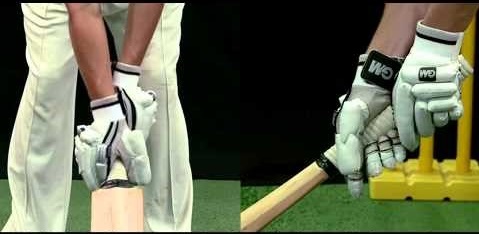
Grip Pressure
Maintaining the right grip pressure is crucial. Gripping too tightly can reduce your flexibility and make your shots rigid while gripping too loosely can result in losing control of the bat.
Practice Makes Perfect
Getting your grip right requires practice. Spend time in the nets or on the field perfecting your grip to make it second nature.
Also Read Three ways to improve your batting strike rate
Common Mistakes to Avoid
Over-Gripping
Squeezing the handle too tightly can lead to tension in your arms and reduce your shot’s fluidity. Relax your grip for better results.
Under-Gripping
Holding the bat too loosely can result in mishits and loss of control. Ensure your grip is firm enough to maintain control.
The Role of Glove and Handle
Your batting gloves and handle grip play a role in enhancing your overall grip and comfort. Choose them wisely to complement your technique.
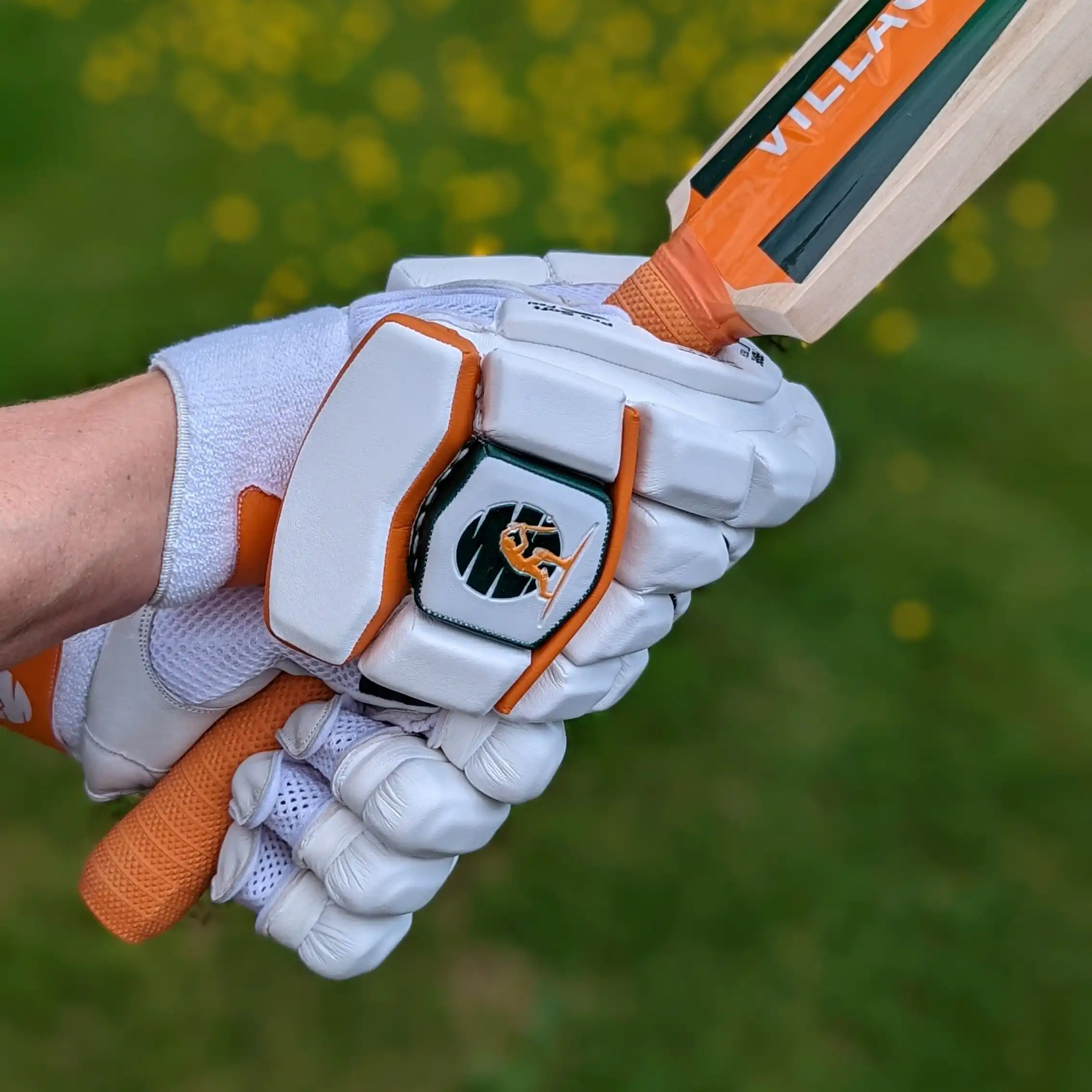
Adjusting Your Grip for Different Shots
Different shots require variations in your grip. Let’s explore some common shots and how to adjust your grip for them.
Drives and Cuts
For elegant drives and cuts, maintain a balanced grip, allowing you to control the direction and power.
Pulls and Hooks
Powerful pull and hook shots require a firmer bottom hand grip for maximum power.
Defensive Shots
Defensive shots demand a softer grip, enabling you to defend the wicket effectively.
Comparison between Long Handle and Short Handle Cricket Bats
| Aspect | Long Handle Cricket Bat | Short Handle Cricket Bat |
| Handle Length | Longer handle, usually around 33 inches (84 cm) | Shorter handle, typically around 31 inches (79 cm) |
| Blade Size | Standard blade size | Standard blade size |
| Player’s Height | Suits taller players | Suits most players |
| Bat Weight | Similar weight range to long-handle bats | Maybe less comfortable for shorter players |
| Balance | Slightly top-heavy | Balanced or slightly bottom-heavy |
| Bat Swing | Offers better reach and extended shot-making ability | Provides a more compact swing |
| Control and Comfort | Allows for extended reach and is good for drives and sweeps | Offers good control for most players |
| Shot Selection | Less common compared to short-handle bats | Suitable for conventional shots like cuts and pulls |
| Personal Preference | Depends on the player’s height and preferred style of play | Depends on the player’s height and style of play |
| Common Usage | Batsmen with longer reach and aggressive playing style | Most cricketers, especially in professional cricket |
| Popularity | Less common compared to short handle bats | Widely popular among cricketers |
Conclusion
Mastering the art of holding a cricket bat is essential for any aspiring cricketer. Your grip influences every aspect of your batting performance, from power-hitting to precision shots. Practice diligently, find your ideal grip, and watch your cricketing skills soar.
FAQs
- Is there a one-size-fits-all grip in cricket?
No, the ideal grip varies from player to player based on their playing style and comfort. Experiment to find what suits you best. - Can I change my grip for different formats of the game?
Yes, it’s common for players to adjust their grip based on the format and conditions of the game. - What role do batting gloves play in grip?
Batting gloves provide comfort and grip on the handle. They are essential for maintaining control. - Should I always use the V-Grip for all shots?
While the V-Grip is versatile, you may need to adjust it for specific shots. Practice different grips for different situations. - How long does it take to perfect your grip?
Perfecting your grip takes time and practice. The more you practice, the more natural it will become.
I am Dhaval Jain, SEO All-Rounder at CricHeroes.
CricHeroes is an ultimate Cricket Scoring App and the world’s only true Cricket Network. With more than 30 million registered cricketers using CricHeroes to Live Score their Local Cricket Matches and Tournaments, CricHeroes is already the number one Cricket Scoring App in the world!


